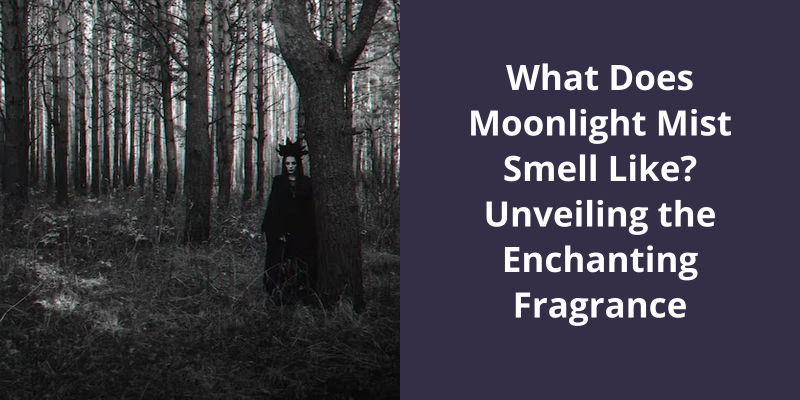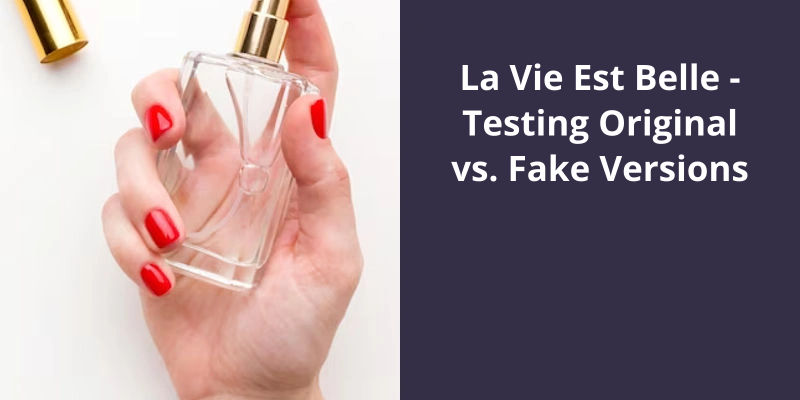Hedione, a jasmine-like fragrance, blends well with a variety of scents to create beautiful and complex aromas. It harmonizes wonderfully with floral tones like rose, jasmine, and violet, adding a bright and luminous quality. It also complements citrus scents such as bergamot, lemon, and mandarin, helping to amplify their fresh and zesty notes. If you’re aiming for a more oriental or woody blend, Hedione pairs supremely with sandalwood, patchouli, and amber. Another use is in fougere fragrances, where Hedione supplies an elegant boost to the classical mix of lavender, oakmoss, and coumarin. This fragrance ingredient is quite versatile, resulting in numerous opportunities for unique and layered scent compositions.

How Do You Use Hedione?
Hedione is a powerful scent chemical that’s become an essential ingredient in the perfumery industry. It’s a colorless liquid with a delicate floral, jasmine-like aroma that adds depth and complexity to fragrances. Widely used in the creation of floral fragrances, such as jasmine, rose, and lily of the valley, it’s a versatile material that also finds application in almost all fragrance types.
It’s known to add a unique and original effect to fragrances, ensuring that the perfume isn’t generic. The concentration of Hedione required largely depends on several factors, including the fragrance type and the intensity of the perfume. Typically, it’s used at a concentration of between 2 and 15%, but in some cases, it can be extended up to 35% or even higher.
The perfume industry is always searching for new and innovative ways to make fragrances more appealing and desirable. This ingredient’s advantages have been recognized by many of the worlds leading perfume houses, and they now incorporate it into their products.
While Hedione shows promise as a human pheromone, it’s effects on attraction and perception seem to be limited. Nonetheless, it’s ability to activate specific receptors in the brain is an intriguing avenue for future research in the field of scent and human behavior.
How Does Hedione Work?
However, it did increase the perceived attractiveness of men’s bodies. This suggests that Hedione doesn’t directly influence female perception of facial features, but rather enhances their overall perception of a male partner. In fact, research has shown that Hedione can increase a woman’s likelihood of finding a man sexually attractive by up to 30%. This makes it a valuable tool for those looking to increase their sexual appeal.
Hedione has also been found to affect our emotions and moods. Studies have shown that it can increase levels of dopamine in the brain, which is associated with pleasure and reward. It’s also been suggested that Hedione may have a calming effect on the mind, helping to reduce anxiety and stress levels.
Another interesting aspect of Hedione is it’s potential use in the fragrance and perfume industry. It’s a light, fresh, and floral scent that’s reminiscent of jasmine and orange blossom. It’s often used in perfumes to create a subtle, yet pleasant fragrance that isn’t overpowering. Interestingly, Hedione was created in the 1960s by scientists looking to develop a synthetic version of the scent found in jasmine flowers.
How Is Hedione Synthesized and What Chemical Properties Make It Effective?
- Hedione is synthesized through a multi-step process involving the reaction of methyl jasmonate with ethyl 2-oxo-4-phenylbutyrate
- One of the key chemical properties that make hedione effective is it’s ability to stimulate olfactory receptors in the nose, resulting in a pleasant scent
- Hedione is also known for it’s ability to enhance the overall fragrance of perfumes and other personal care products
- The compound has a light, fresh, and slightly sweet aroma, making it a popular ingredient in a wide range of fragrance formulations
- Research has also suggested that hedione may have mood-boosting properties, making it an ideal ingredient for products designed to promote relaxation and well-being
Conclusion
It’s versatility allows it to blend seamlessly with various perfume families, from floral-citrus to woody, chypre, and oriental.





